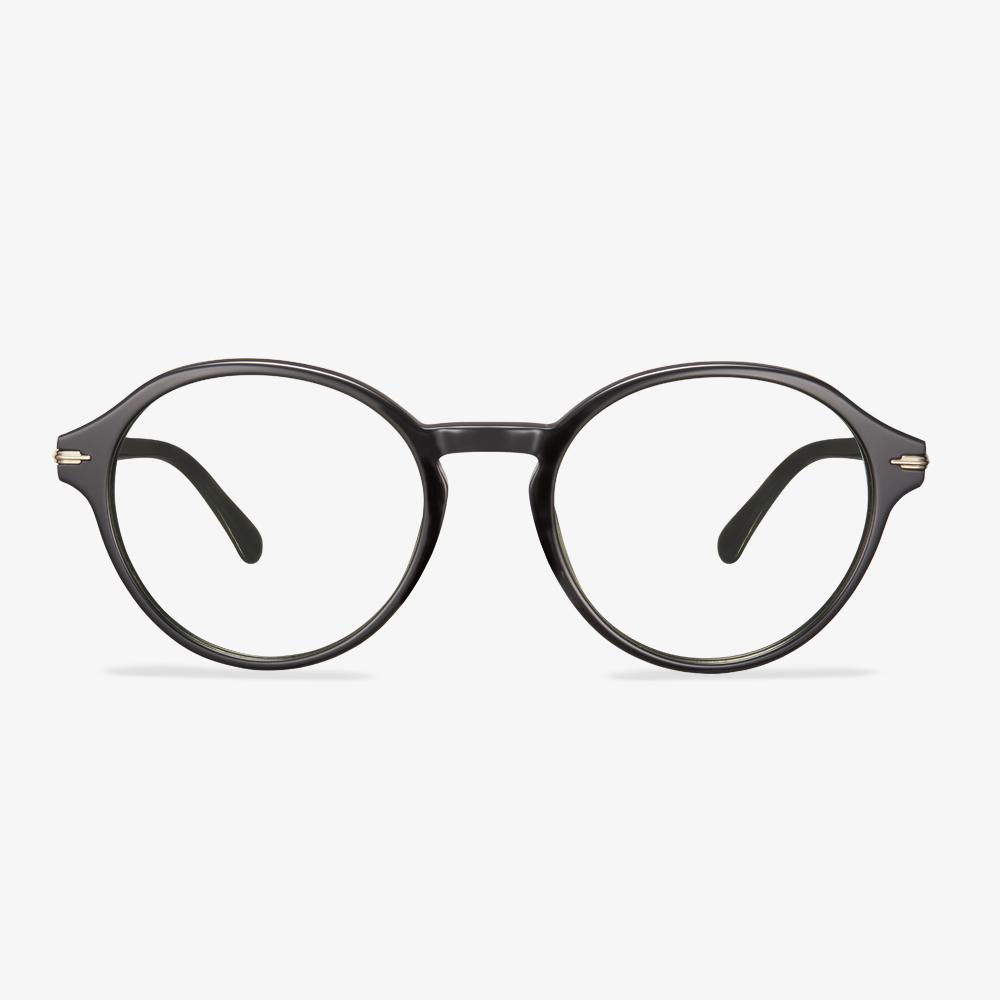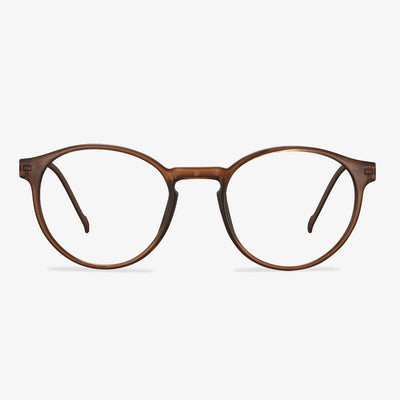How to choose progressive lenses
The progressive lens can effectively control the deepening of myopia, but there is no reliable empirical evidence. At present, the height of the lens frame is only about 30mm. The distance from the design of the transition interval is not enough, and the comfort of the eye is difficult to adjust the short distance. From the quality and technology, the foreign brand design process is stable and mature, but the price is too high, there are still a lot of people who are not easy to adapt. The parameters of progressive lenses need to be determined by strict optometry.
The characteristics of metal material
The material of metal glasses frame chooses some kind of metal material or alloy to make mostly. Most of the copper alloys are treated as the base material and then have surface treatment processing. Then there is the recent rise of pure titanium frames and those made of memory alloy. Metal frames are usually equipped with nose pads, which are movable to accommodate a variety of nasal shapes. The end of the temple is often covered with a plastic cover, not only beautiful but also to protect the temple and skin.
Glasses are tools for correcting vision.
The basic function of optical glasses is to correct vision. Accurate correction of vision is an effective tool to control the further increase in degrees. If the difference of binocular degrees is great, correct vision can not only improve stereo vision but reduce the burden of a single eye. They help correct myopia, farsightedness, astigmatism, improve visual function, to see more clearly. Let you get a clearer vision and visual experience.
The advantages of metal frames
Its advantage is that the lens is fixed firmly, not easy to fall off. But the weight of the glasses increased slightly compared to the other frames. Full-frame glasses give people a sense of calm. The frame can cover the thickness of the lens very well, suitable for people with high degrees.
What Are High-Index Lenses?
High index lenses are eyeglasses lenses that are designed to be thinner and lighter than regular lenses. High-index lenses have a high refractive index than their conventional counterparts. So, they are generally recommended for people who have significantly high refractive errors and strong prescriptions for nearsightedness, farsightedness or astigmatism.
High-index lenses correct all types of refractive errors. And they are also available as single vision lenses, or a reading prescription that corrects presbyopia, such as in a bifocal or progressive lens.
High-index lens has a higher refractive index and which is ranging from 1.53 to 1.74. A lens with an index of 1.74 could be up to 50 percent thinner than a regular plastic lens with an index of 1.50.
What Is Plastic Lens?
In the above part, we have introduced what polycarbonate lenses are. In this section, we will show you what the plastic lens is.
The plastic lens was first introduced in 1947. Since then, plastic has become a popular and widely used material for making eyeglasses lenses. Since the introduction and use of plastic lenses, it has sealed its mark as the most preferred choice in the optical industry.
Plastic lenses are light. With this feature, plastic lenses are popular because they will not be heavy inside the glasses frame and permit for an easy fit in any type of glasses frame. In addition, plastic glasses are cheap and easy to obtain in desired amounts. So, they are affordable for most people. Plastic lenses are very durable. So, they do not shatter easily on impact which makes it a great choice for individuals who are active or tend to drop their glasses often.
However, compared with other lens materials, plastic lenses are usually thick due to their low index of refraction. The soft feature of plastic glasses makes them susceptible to scratching from a sharp object and why scratch-resistant coating is applied to form an additional protective layer. Plastic lenses do not provide ultraviolet protection.
Advantages of progressive multifocal lenses
The progressive multi-focal lens has a number of different focal points from top to bottom. There's a smooth transition between seeing far and seeing close. There is no clear dividing line in the middle, like the myopia glasses, quite beautiful, and it is not dangerous. Because the added value is continuously and slowly increased in the gradient area, the wearer can get a continuous clear vision from the far point to the near point through the progressive lenses with the appropriate head position. In line with physiological optics, They help a better adaptation. Since the lens degree changes little by little, there is no phenomenon like jumping. Because the degree of the lens is gradual, so the vision from far to near changes slowly increase, which will not produce the adjustment of the eye fluctuation. It is not easy to cause visual fatigue. Without a degree line, the appearance will be more beautiful. Clear vision can be obtained at all distances within the visual scope. A pair of glasses satisfies both close and middle distances.











































